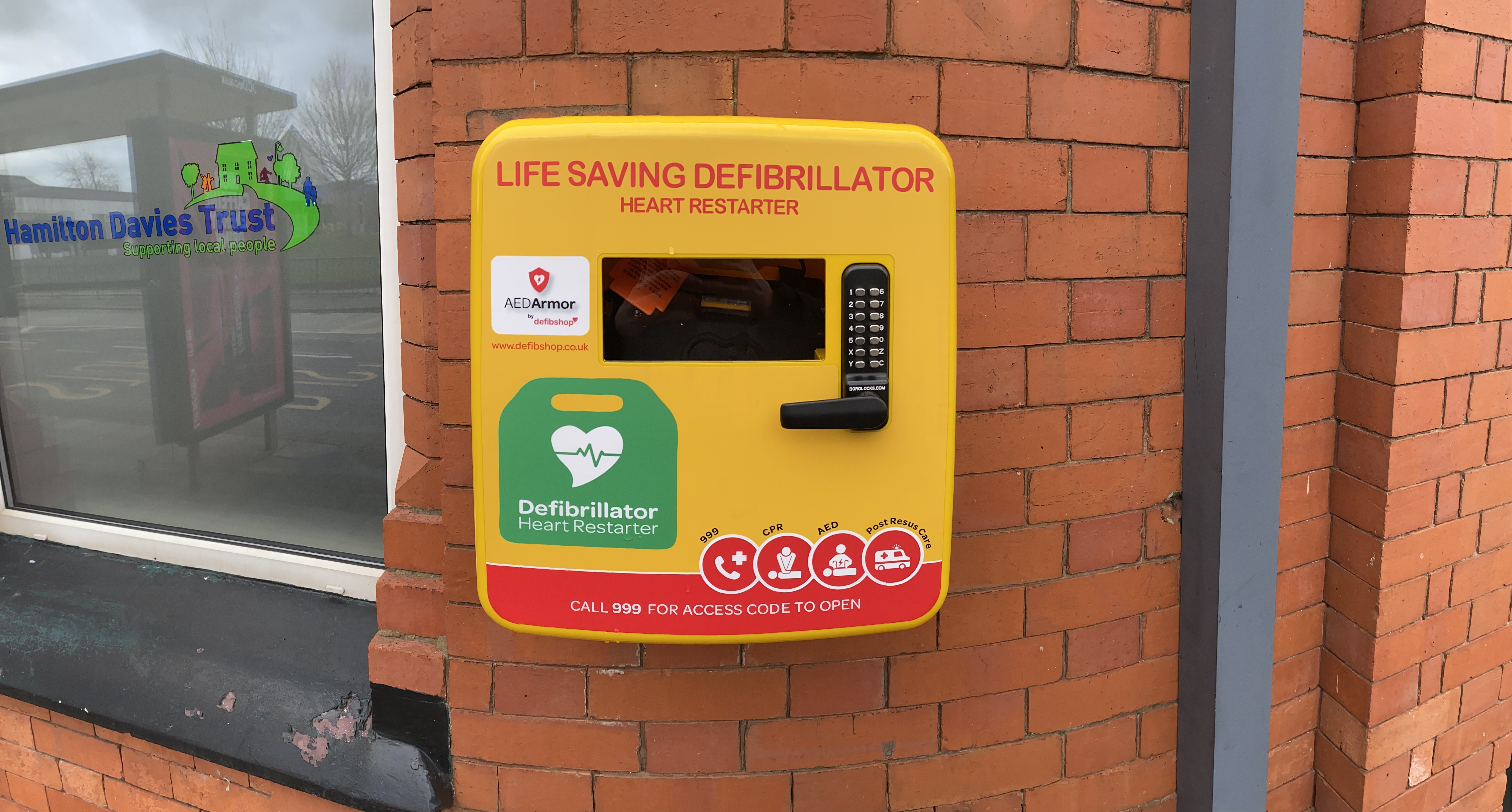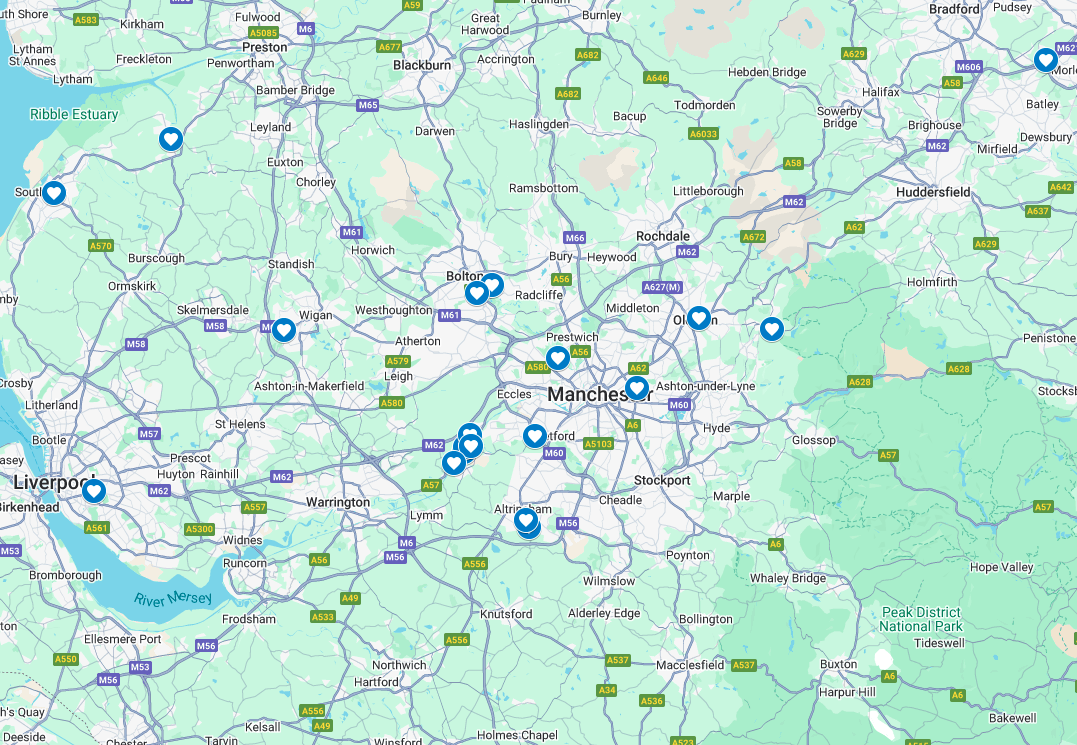Your Questions Answered: Defibrillators

In the first of a series of a blogs over the coming weeks, we hope to answer some further questions you may have regarding defibrillators, electrode pads, cardiac arrest and everything in between.
We hope that with us shedding further light on the use of a defibrillators and how they work, it will help more people become comfortable with how they operate and put some minds at ease.
Are defibrillators safe?
Automated external defibrillators (AEDs) are perfectly safe to use with both the patient and the user. Firstly, when a person has collapsed after suffering a sudden cardiac arrest, a defibrillator along with the immediate application of cardiopulmonary resuscitation (CPR), is the only form of treatment.
When you apply the electrodes to the patient’s chest, the defibrillator will analyse their heart rhythm and establish whether or not treatment is necessary from the unit. If the patient DOES NOT require treatment or is showing a heart rhythm which is not treatable by the defibrillator, a shock will not be provided.
For the user, defibrillators are designed so that any first responder has the ability to use them without having had previous training. The AED, once opened or switched on, will guide you through the rescue process enabling the user to supply lifesaving treatment safely to the patient with no need to worry about harming themselves or the patient.
The only thing to remember when using a defibrillator on a patient is to make sure they are not wet or lying in a puddle/pool of water as this could reduce the effectiveness of the treatment provided, but most defibrillator models have some degree of water protection.
Where do I place electrode pads?
Most defibrillator manufacturers issue their electrode pads with diagrams indicating where pads should be placed on a patient in a cardiac emergency.
And while of course that helps, it’s always good to have some prior knowledge and an idea in place of where to place electrode pads before the crucial moments following a cardiac arrest. Quite simply, the first electrode pad is placed on the top right chest, just below the collarbone whilst the second pad is placed bottom left chest.
This should create a direct line through the heart indicating where the electric energy will pass from one pad to the other through the body. Pads must be placed against bare skin to provide treatment, whilst a razor is also provided with most defibrillator rescue kits if necessary – but it is key to understand that any time taken between cardiac arrest and defibrillation should be minimal.
For every passing minute post cardiac arrest, a patient loses approximately 10% of their survival chances.
When should I use a defibrillator?
After a person has collapsed and is unresponsive, you should always call for help, call the emergency services and find a defibrillator. Even if you are unsure whether the person has suffered a sudden cardiac arrest or not, attaching the defibrillator to the patient will not cause them any harm as the unit will establish whether the person requires treatment or not.
The AED will monitor the patient’s heart rhythm to determine whether they are currently experiencing one of two ‘shockable’ rhythms, these are VT (ventricular tachycardia) or VF (ventricular fibrillation).
If the patient is not experiencing either of these conditions, the defibrillator will not allow you to supply shock treatment to them – reinforcing the idea that even if you don’t know whether they need shock treatment, the defibrillator will decide for you and the unit should be used in all emergency situations.
AED Troubleshooting
Q: Why does my defibrillator beep?
A: At this stage all you need to do is find out what the problem is. Do this by switching the defibrillator on and the unit’s voice prompts will indicate the nature of the problem. This will usually be a reminder that the battery is running low and will need replacing.
Q: My defibrillator is not beeping and the status indicator has changed from green to red?
A: In this case the defibrillator’s battery is completely flat and you will need to replace it immediately before you can use the device.
Q: The defibrillator is telling me to ‘check pads’?
A: If you hear this warning then the electrode pads have either become disconnected from the AED, and obviously need reconnecting or (unlikely as the pads have very sticky gel) they have come off the casualty during the rescue process. We recommend that you have a spare set of electrodes as part of your defibrillator rescue kit for instances like this.
Q: The defibrillator is telling me that ‘service/maintenance is required’?
A: If you hear this message then you must refer back to the manufacturer as only approved/appointed service personnel can assist you at this time. This could happen if the AED has been dropped or damaged in some way or possibly because the AED has been subjected to extreme environmental conditions (heat or cold).
If you have any questions regarding defibrillators, you can always get in touch with us via social media, leave a comment on this blog post or you can contact the defibshop team on 0161 776 7422 and we’ll be happy to provide all the answers you’re looking for.
defibshop are committed to equipping everyone with the skills and knowledge to save a life. Speak to one of our Product Specialists on 0161 776 7422 or fill out our Contact Form.












